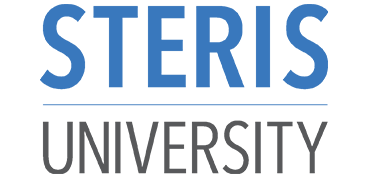 STERIS University
STERIS University
12 Courses

Safety & Basic Principles
A Guide for Interpretation of AAMI Standards - Webinar
The AAMI standards provide sterile processing professionals best practices for the processing of medical instrumentation. Identifying the items within the standard that should be followed and those that are optional is key to staying compliant. Join Arthur as he walks through the interpretation of AAMI standards so that you can ensure proper implementation at your facility.
Objectives:
- Describe the differences between AAMI standards and professional organization guidelines
- Define key terms used to interpret the standards
- List the common AAMI standards and technical information reports used in healthcare
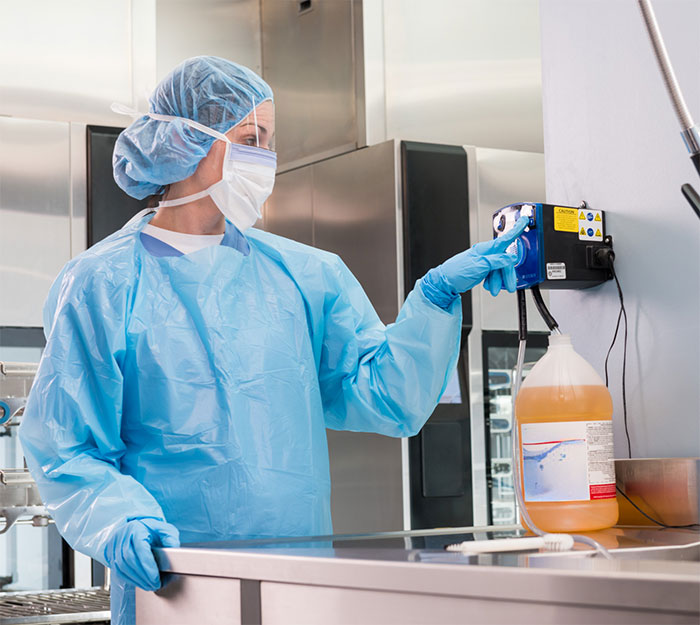
Safety & Basic Principles
ANSI/AAMI ST58 in Action - Webinar
Want to know more about the ANSI/AAMI ST58 standard? Join Senior Clinical Education Specialist, Michele McKinley, as she evaluates common misconceptions, identifies key principles, and recommends best practices in ANSI/AAMI ST58.
Objectives:
- Identify key principles and recommendations outlined in ANSI/AAMI ST58.
- Recall the guidelines from ANSI/AAMI ST58 for real-world scenarios.
- Identify common misconceptions about ANSI/AAMI ST58 and recommend best practices.

Safety & Basic Principles
Communication: It's Up to Me! - Webinar
People exchange information, feelings and meaning through both verbal and non-verbal messages. In healthcare, communication can make or break patient safety and professional interactions. During this presentation we will discuss the implications of ineffective communication, expectations of communication skills, and tools that empower personal ownership of communicating effectively with purpose.
Objectives:
- Define communication
- Discuss expectations
- List tools that can be used to improve communication
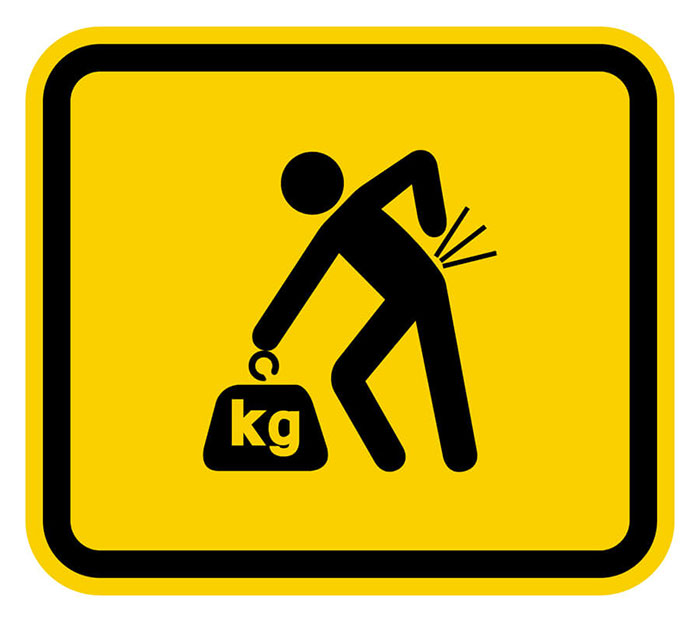
Safety & Basic Principles
Ergonomics: Protecting Your Body - Study Guide
Healthcare workers suffer a disproportionate number of workplace related musculoskeletal disorders (MSD). When delivering patient care or performing other tasks in the healthcare environment, the risk of harm to the provider sometimes may be greater than the expectations of the task. An ever-increasing obese population and aging nursing population is a recipe for disaster. Explore the prevalence of workplace musculoskeletal injuries in healthcare personnel and some preventive programs and assistive devices that can help minimize these injuries.
Course Objectives:
- Review the prevalence of musculoskeletal injuries in healthcare personnel
- Discuss campaigns and programs to minimize musculoskeletal injuries
- Describe patient handling devices available to minimize healthcare worker injuries
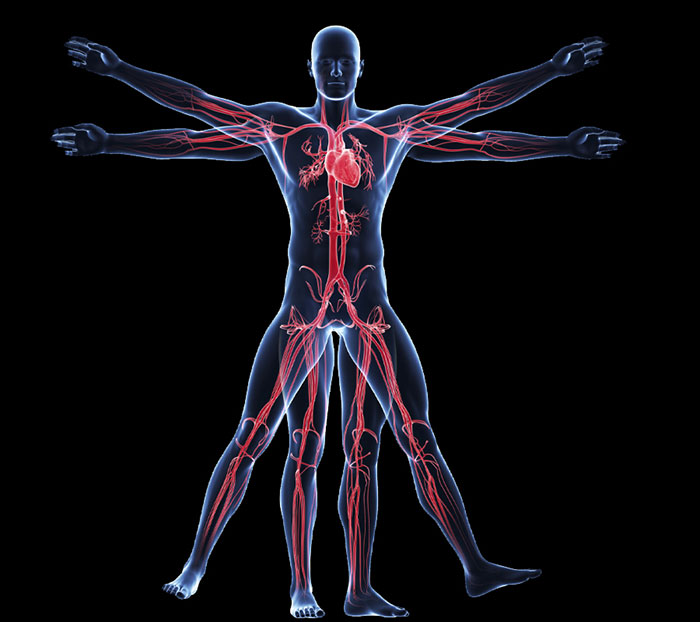
Safety & Basic Principles
Introduction to the Basics of Anatomy and Physiology - eLearning
Medical professionals have a language all their own. Sterile processing professionals have an obligation to learn the language of medical instrumentation beginning with human anatomy and physiology. Learn the terms, names and functions of the human body that gave way to the naming of medical instrumentation and procedures performed in healthcare.
Course Objectives:
- Define the terms anatomy and physiology; and
- List the human anatomical systems; and
- Explain the structures of the human anatomical systems

Safety & Basic Principles
Journey of a Surgical Instrument - eLearning
Navigate surgical instrument processing with our updated eLearning course that dives into sterile processing scenarios, interactive practices, and challenges based on learner experience.
Objectives:
- Learners will be able to identify and differentiate the critical steps in surgical instrument processing.
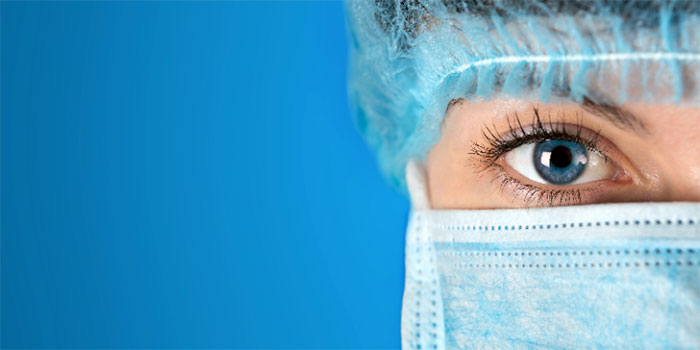
Safety & Basic Principles
Nurses Eat Their Young... Because They are Starving - Webinar
Research has recently revealed that nurses are more likely to have higher levels of stress, be less healthy, get less sleep, be overweight, be more depressed, experience more burnout, and be more likely to commit suicide than the average American. This presentation will discuss factors contributing to a culture of burnout, depression, and bullying among our healthcare professionals, how COVID-19 is highlighting these problems, and how organizations, leaders, and individuals can change these statistics. This year, nursing was voted “the most trusted profession” for the 17th year in a row. Acting now, in the year of the nurse, can change the trajectory of nursing forever.
Objectives:
Discuss problems contributing to healthcare professional burnout
Name organizations that speak out about healthcare burnout
List ways that individuals, leaders, and organizations can decrease burnout
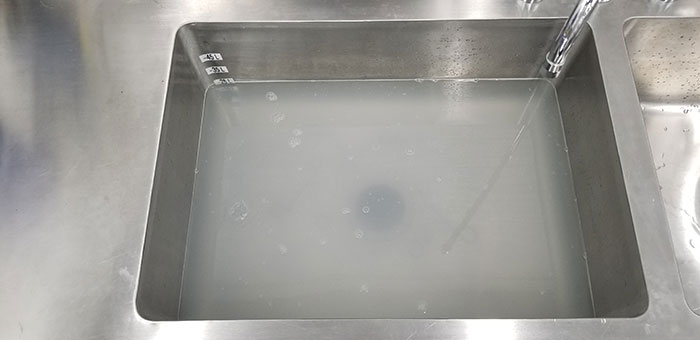
Safety & Basic Principles
Seeing to the Bottom of Things - Webinar
Safety is everyone’s responsibility but safety hazards often go unnoticed. Some of the most common safety hazards hide in plain sight. Splashes create opportunities for slips and falls. Cloudy sink water hides sharp instruments beneath the surface. Join Janet Strong as she points out the safety hazards lurking in manual cleaning and helps you see to the bottom of things.
Objectives:
- Convey the impact of workplace injuries
- Define 6 types of workplace hazards
- Find and fix hazards connected to manual cleaning
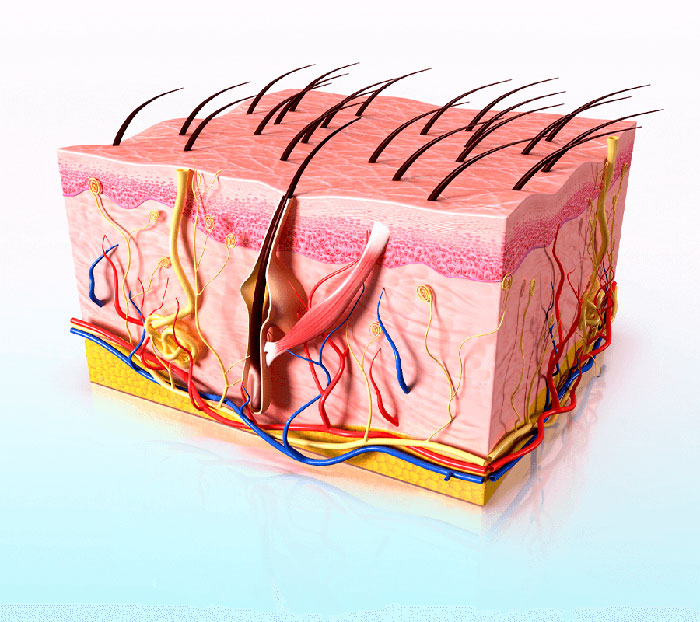
Safety & Basic Principles
Skin Health - Care and Protection - eLearning
Your hands are your most import medical instrument. They are the interface between caregiver and patient and help you to perform the critical tasks needed in caring for your patients. When your hands are irritated or damaged, your personal wellbeing, along with that of your patients, can be affected. Discover how to protect hand skin in the healthcare setting.
Course Objectives:
- Define why healthy skin is important to them and their patients
- Describe what affects skin health and how to prevent skin issues.

Safety & Basic Principles
Stemming the Tide of Poor Water Quality - Webinar
Facility water isn’t as clean as you think. The rising tide of impurities like iron, calcium and others can lead to a host of sterile processing problems. Join Penny Mancini from Evoqua Water Technologies and Kenneth Unger from STERIS as they discuss ways to stem the tide of poor water quality.
Objectives:
- List the types of water impurities and their impact on medical device processing
- Define key water quality measurements
- Describe the treatment processes used to deliver water meeting medical device processing specifications
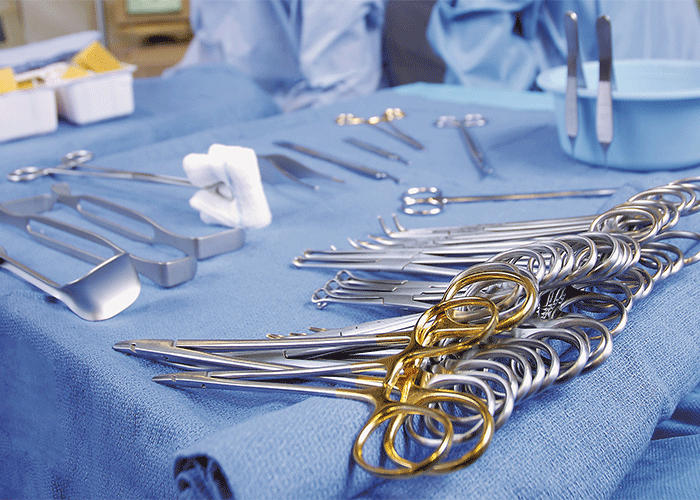
Safety & Basic Principles
Surgical Instruments Unscathed - Webinar
In this program, we’ll take an inside look at the treacherous journey your surgical instruments travel through in the Operating Room and Sterile Processing Department and highlight some of the practical challenges they face in everyday use. From water and steam to blood and debris, to drops and damage, there are many factors that put instruments at risk. As we look at these, we’ll discuss some practical strategies to help protect your instruments.
Objectives:
- Identify the environmental factors in the Operating Room and Sterile Processing Departments that can lead to instrument damage.
- Highlight how improper handling, storage, transport and use of surgical instruments can lead to physical damage.
- Introduce best practices for protecting instruments, including tip protection and instrument organization.
- Identify common types of damage and wear in surgical instruments.
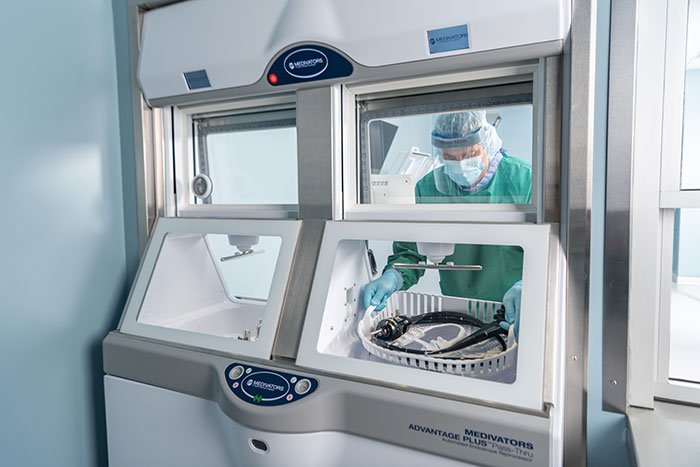
Safety & Basic Principles
The Essentials of Chemical Disinfection in Healthcare - Study Guide
Chemical disinfection is a key element in the reprocessing of reusable medical devices and the decontamination of environmental surfaces. Learn of the safety, regulatory guidelines and recommendations associated with chemical disinfection.
Course Objectives:
- Describe the Spaulding Classification System.
- Identify the different types of chemical disinfectants.
- Understand the importance of reading the label and the manufacturer’s instructions for use.
